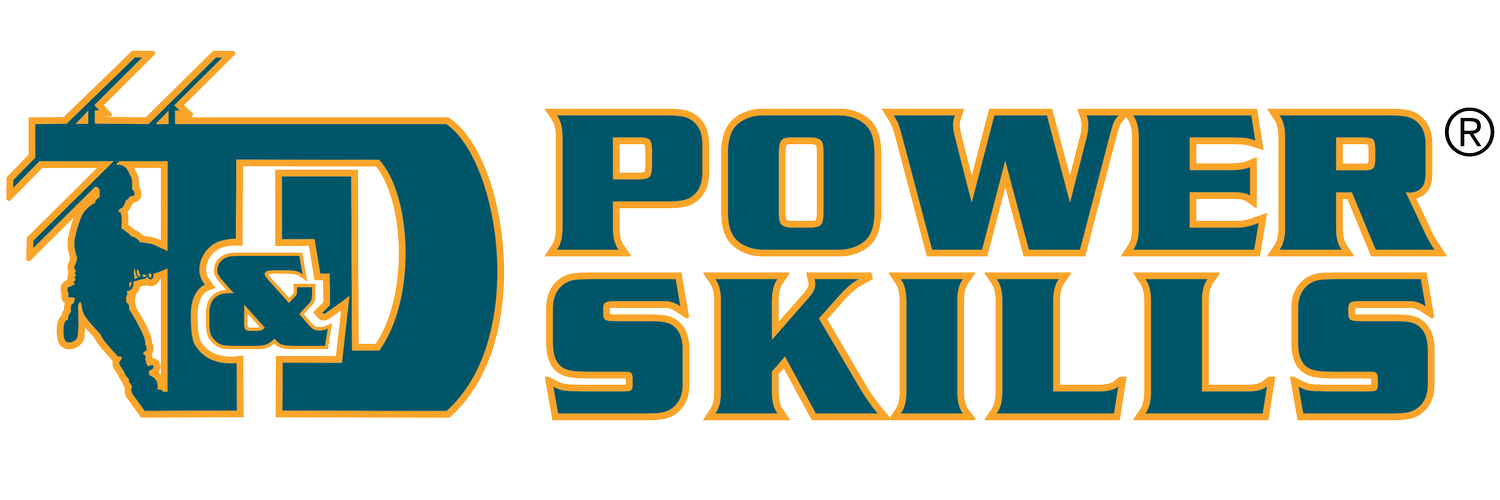Overhead Troubleshooting 1
COURSE DESCRIPTION
Overhead systems are exposed to many hazards that can lead to a partial or total loss of power. When a problem occurs, troubleshooters are responsible for finding out what is wrong and determining how the problem can be corrected as quickly as possible. In order to locate and identify problems effectively, troubleshooters must be familiar with some basic steps of troubleshooting and know how to apply those steps to various situations. This course identifies some basic steps that can be used to troubleshoot any type of overhead system problem and describes how those steps can be applied in several different troubleshooting situations.
COURSE GOALS
List the basic steps of troubleshooting overhead line problems.
Describe how the steps of troubleshooting can be used to identify and correct both simple and complex problems.
SUBJECTS AND OBJECTIVES
Introduction to Troubleshooting
Identify some basic troubleshooting steps that can be applied to any type of overhead system problem.
Identify considerations that should be kept in mind during troubleshooting activities.
Describe how some basic troubleshooting steps can be used to identify and correct an overhead system problem in which a single customer is affected by a partial loss of power.
Troubleshooting Applications – Part 1
Describe how basic troubleshooting steps can be used to identify and correct an overhead system problem in which several customers are affected by a partial loss of power.
Troubleshooting Applications – Part 2
Describe how troubleshooting steps can be used to identify and correct an overhead system problem in which several customers are affected by a total loss of power.
